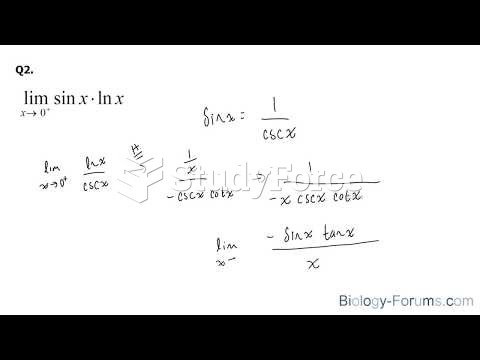Definition for Chandraesekhar Limit
From Biology Forums Dictionary
The Chandrasekhar limit is the maximum mass of a stable white dwarf star. The limit was first published by Wilhelm Anderson and E. C. Stoner, and was named after Subrahmanyan Chandrasekhar, the Indian-American astrophysicist who improved upon the accuracy of the calculation in 1930, at the age of 19. This limit was initially ignored by the community of scientists because such a limit could only lead to the natural discovery of black holes, which were considered a scientific impossibility at the time. White dwarfs, unlike main sequence stars, resist gravitational collapse primarily through electron degeneracy pressure, rather than thermal pressure. The Chandrasekhar limit is the mass above which electron degeneracy pressure in the star's core is insufficient to balance the star's own gravitational self-attraction. Consequently, white dwarfs with masses greater than the limit undergo further gravitational collapse, evolving into a different type of stellar remnant, such as a neutron star or black hole. Those with masses under the limit remain stable as white dwarfs.



